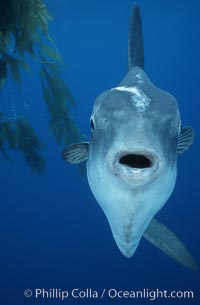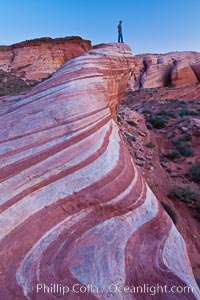
The Fire Wave, a uniquely striped sandstone formation in Valley of Fire State Park.
Location: Valley of Fire State Park, Nevada
Image ID: 26632
Location: Valley of Fire State Park, Nevada
Image ID: 26632
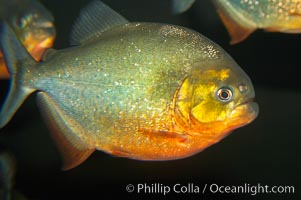
Red-bellied piranha. The piranhas teeth are so sharp that Amazonian Indians use them as knives. Each tooth has sawlike edges that allow the fish to slice through prey. The teeth are continually replaced throughout the piranhas life. Piranhas are illegal to import, sell or own in California.
Species: Red piranha, Pygocentrus nattereri
Image ID: 13961
Species: Red piranha, Pygocentrus nattereri
Image ID: 13961
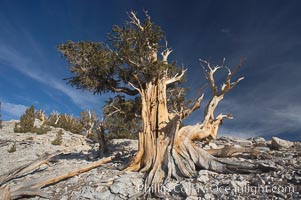
Bristlecone pine displays its characteristic gnarled, twisted form as it rises above the arid, dolomite-rich slopes of the White Mountains at 11000-foot elevation. Patriarch Grove, Ancient Bristlecone Pine Forest.
Species: Bristlecone Pine, Pinus longaeva
Location: White Mountains, Inyo National Forest, California
Image ID: 17475
Species: Bristlecone Pine, Pinus longaeva
Location: White Mountains, Inyo National Forest, California
Image ID: 17475
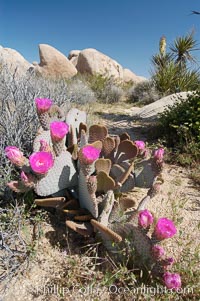
Beavertail cactus in springtime bloom.
Species: Beavertail cactus, Opuntia basilaris
Location: Joshua Tree National Park, California
Image ID: 09095
Species: Beavertail cactus, Opuntia basilaris
Location: Joshua Tree National Park, California
Image ID: 09095
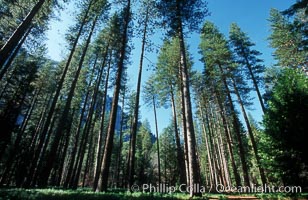
Lodgepole pine trees, Yosemite Valley.
Species: Lodgepole pine tree, Pinus contortus
Location: Yosemite National Park, California
Image ID: 07045
Species: Lodgepole pine tree, Pinus contortus
Location: Yosemite National Park, California
Image ID: 07045
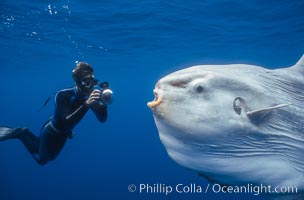
Ocean sunfish and photographer, open ocean.
Species: Ocean sunfish, Mola mola
Location: San Diego, California
Image ID: 03323
Species: Ocean sunfish, Mola mola
Location: San Diego, California
Image ID: 03323
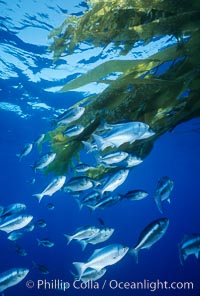
Half-moon perch schooling under offshore drift kelp, open ocean.
Species: Halfmoon perch, Macrocystis pyrifera, Medialuna californiensis
Location: San Diego, California
Image ID: 02747
Species: Halfmoon perch, Macrocystis pyrifera, Medialuna californiensis
Location: San Diego, California
Image ID: 02747
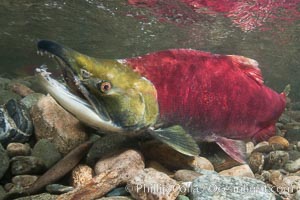
A male sockeye salmon, showing injuries sustained as it migrated hundreds of miles from the ocean up the Fraser River, swims upstream in the Adams River to reach the place where it will fertilize eggs laid by a female in the rocks. It will die so after spawning.
Species: Sockeye salmon, Oncorhynchus nerka
Location: Adams River, Roderick Haig-Brown Provincial Park, British Columbia, Canada
Image ID: 26174
Species: Sockeye salmon, Oncorhynchus nerka
Location: Adams River, Roderick Haig-Brown Provincial Park, British Columbia, Canada
Image ID: 26174
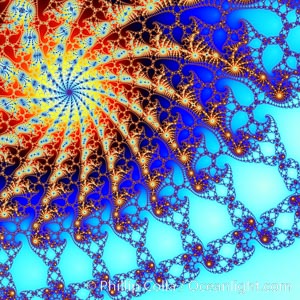
Detail within the Mandelbrot set fractal. This detail is found by zooming in on the overall Mandelbrot set image, finding edges and buds with interesting features. Fractals are complex geometric shapes that exhibit repeating patterns typified by self-similarity, or the tendency for the details of a shape to appear similar to the shape itself. Often these shapes resemble patterns occurring naturally in the physical world, such as spiraling leaves, seemingly random coastlines, erosion and liquid waves. Fractals are generated through surprisingly simple underlying mathematical expressions, producing subtle and surprising patterns. The basic iterative expression for the Mandelbrot set is z = z-squared + c, operating in the complex (real, imaginary) number set.
Species: Mandelbrot fractal, Mandelbrot set
Image ID: 10401
Species: Mandelbrot fractal, Mandelbrot set
Image ID: 10401
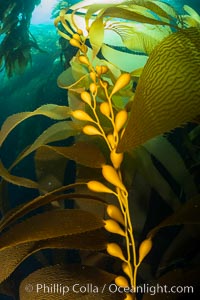
Kelp fronds and pneumatocysts. Pneumatocysts, gas-filled bladders, float the kelp plant off the ocean bottom toward the surface and sunlight, where the leaf-like blades and stipes of the kelp plant grow fastest. Giant kelp can grow up to 2' in a single day given optimal conditions. Epic submarine forests of kelp grow throughout California's Southern Channel Islands.
Location: Catalina Island, California
Image ID: 34178
Location: Catalina Island, California
Image ID: 34178
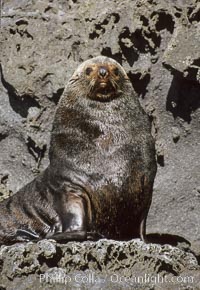
Guadalupe fur seal.
Species: Guadalupe fur seal, Arctocephalus townsendi
Location: Guadalupe Island (Isla Guadalupe), Baja California, Mexico
Image ID: 10343
Species: Guadalupe fur seal, Arctocephalus townsendi
Location: Guadalupe Island (Isla Guadalupe), Baja California, Mexico
Image ID: 10343
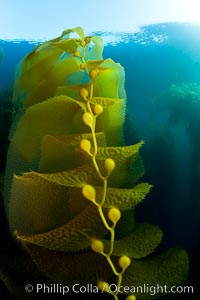
Kelp fronds and pneumatocysts. Pneumatocysts, gas-filled bladders, float the kelp plant off the ocean bottom toward the surface and sunlight, where the leaf-like blades and stipes of the kelp plant grow fastest. Giant kelp can grow up to 2' in a single day given optimal conditions. Epic submarine forests of kelp grow throughout California's Southern Channel Islands.
Species: Giant kelp, Macrocystis pyrifera
Location: San Clemente Island, California
Image ID: 25399
Species: Giant kelp, Macrocystis pyrifera
Location: San Clemente Island, California
Image ID: 25399
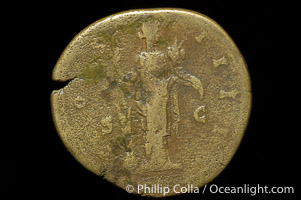
Roman emperor Antonius Pius (138-161 A.D.), depicted on ancient Roman coin (bronze, denom/type: Sestertius) (Sestertius Obverse: ANTONINVS AVG PIUS PP TR P XXIII. Reverse: FORTUNA OBSEQVENS COS IIII SC. Fortuna Obsequens std. left., holding rudder and cornucopiae.).
Image ID: 06559
Image ID: 06559
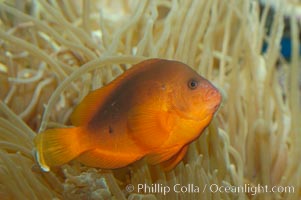
Red saddleback anemonefish.
Species: Red saddleback anemonefish, Amphiprion ephippium
Image ID: 07792
Species: Red saddleback anemonefish, Amphiprion ephippium
Image ID: 07792
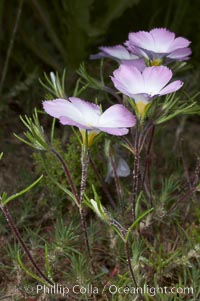
Ground pink blooms in spring, Batiquitos Lagoon, Carlsbad.
Species: Ground pink, Linanthus dianthiflorus
Location: Batiquitos Lagoon, Carlsbad, California
Image ID: 11503
Species: Ground pink, Linanthus dianthiflorus
Location: Batiquitos Lagoon, Carlsbad, California
Image ID: 11503
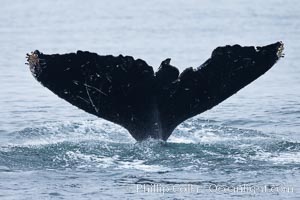
Scarring of this humpback whale's fluke allow researchers to identify this particular whale from season to season.
Species: Humpback whale, Megaptera novaeangliae
Location: Santa Rosa Island, California
Image ID: 27027
Species: Humpback whale, Megaptera novaeangliae
Location: Santa Rosa Island, California
Image ID: 27027
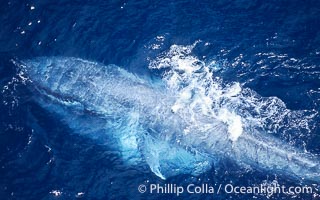
A blue whale eating krill. This blue whale is seen feeding and surfacing amid krill with its throat fully engorged with krill and water. It will push the water back out with its tongue, trapping the krill in its baleen which acts like a filter. Aerial photo, Baja California.
Species: Blue whale, Balaenoptera musculus
Image ID: 05837
Species: Blue whale, Balaenoptera musculus
Image ID: 05837
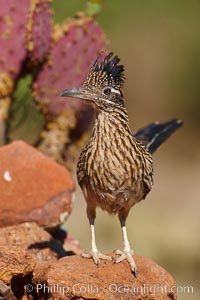
Greater roadrunner.
Species: Greater roadrunner, Geococcyx californianus
Location: Amado, Arizona
Image ID: 22980
Species: Greater roadrunner, Geococcyx californianus
Location: Amado, Arizona
Image ID: 22980
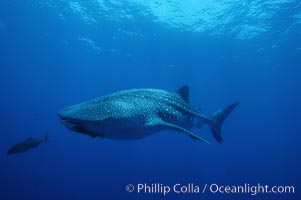
Whale shark.
Species: Whale shark, Rhincodon typus
Location: Darwin Island, Galapagos Islands, Ecuador
Image ID: 01506
Species: Whale shark, Rhincodon typus
Location: Darwin Island, Galapagos Islands, Ecuador
Image ID: 01506
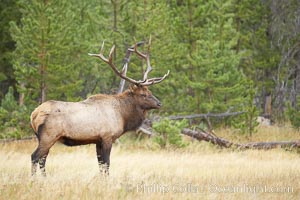
Elk, bull elk, adult male elk with large set of antlers. By September, this bull elk's antlers have reached their full size and the velvet has fallen off. This bull elk has sparred with other bulls for access to herds of females in estrous and ready to mate.
Species: Elk, Cervus canadensis
Location: Yellowstone National Park, Wyoming
Image ID: 19783
Species: Elk, Cervus canadensis
Location: Yellowstone National Park, Wyoming
Image ID: 19783
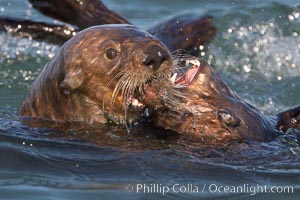
Sea otters mating. The male holds the female's head or nose with his jaws during copulation. Visible scars are often present on females from this behavior. Sea otters have a polygynous mating system. Many males actively defend territories and will mate with females that inhabit their territory or seek out females in estrus if no territory is established. Males and females typically bond for the duration of estrus, or about 3 days.
Species: Sea otter, Enhydra lutris
Location: Elkhorn Slough National Estuarine Research Reserve, Moss Landing, California
Image ID: 21606
Species: Sea otter, Enhydra lutris
Location: Elkhorn Slough National Estuarine Research Reserve, Moss Landing, California
Image ID: 21606
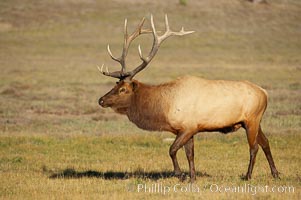
Elk, bull elk, adult male elk with large set of antlers. By September, this bull elk's antlers have reached their full size and the velvet has fallen off. This bull elk has sparred with other bulls for access to herds of females in estrous and ready to mate.
Species: Elk, Cervus canadensis
Location: Yellowstone National Park, Wyoming
Image ID: 19763
Species: Elk, Cervus canadensis
Location: Yellowstone National Park, Wyoming
Image ID: 19763
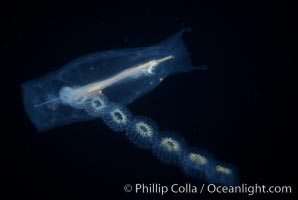
Salp (pelagic tunicate) reproduction, open ocean.
Species: Salp, Cyclosalpa affinis
Location: San Diego, California
Image ID: 04696
Species: Salp, Cyclosalpa affinis
Location: San Diego, California
Image ID: 04696
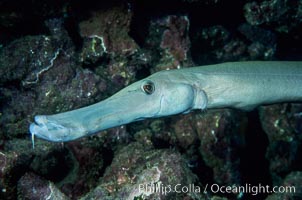
Trumpet fish.
Species: Trumpetfish (pacific), Aulostomus chinensis
Location: Maui, Hawaii
Image ID: 05197
Species: Trumpetfish (pacific), Aulostomus chinensis
Location: Maui, Hawaii
Image ID: 05197
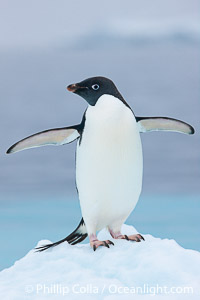
Adelie penguin on an iceberg.
Species: Adelie penguin, Pygoscelis adeliae
Location: Brown Bluff, Antarctic Peninsula, Antarctica
Image ID: 25006
Species: Adelie penguin, Pygoscelis adeliae
Location: Brown Bluff, Antarctic Peninsula, Antarctica
Image ID: 25006
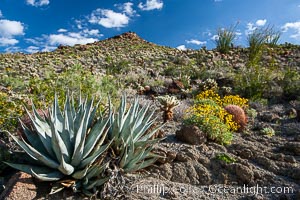
Desert agave, brittlebush and various cacti and wildflowers color the sides of Glorietta Canyon. Heavy winter rains led to a historic springtime bloom in 2005, carpeting the entire desert in vegetation and color for months.
Species: Desert agave, Agave deserti, Encelia farinosa
Location: Anza-Borrego Desert State Park, Borrego Springs, California
Image ID: 10900
Species: Desert agave, Agave deserti, Encelia farinosa
Location: Anza-Borrego Desert State Park, Borrego Springs, California
Image ID: 10900
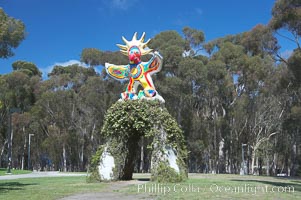
Sun God is a strange artwork, the first in the Stuart Collection at University of California San Diego (UCSD). Commissioned in 1983 and produced by Niki de Sainte Phalle, Sun God has become a landmark on the UCSD campus.
Location: University of California, San Diego, La Jolla
Image ID: 12838
Location: University of California, San Diego, La Jolla
Image ID: 12838
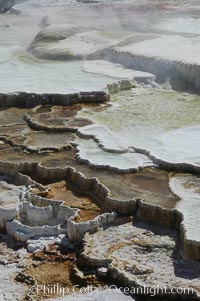
Steam rises from the travertine terraces of New Blue Spring, part of the Mammoth Hot Springs complex.
Location: Mammoth Hot Springs, Yellowstone National Park, Wyoming
Image ID: 07282
Location: Mammoth Hot Springs, Yellowstone National Park, Wyoming
Image ID: 07282
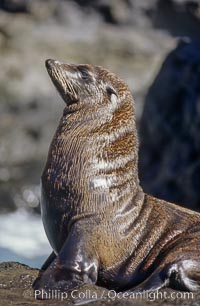
Guadalupe fur seal, bull.
Species: Guadalupe fur seal, Arctocephalus townsendi
Location: Guadalupe Island (Isla Guadalupe), Baja California, Mexico
Image ID: 00973
Species: Guadalupe fur seal, Arctocephalus townsendi
Location: Guadalupe Island (Isla Guadalupe), Baja California, Mexico
Image ID: 00973
